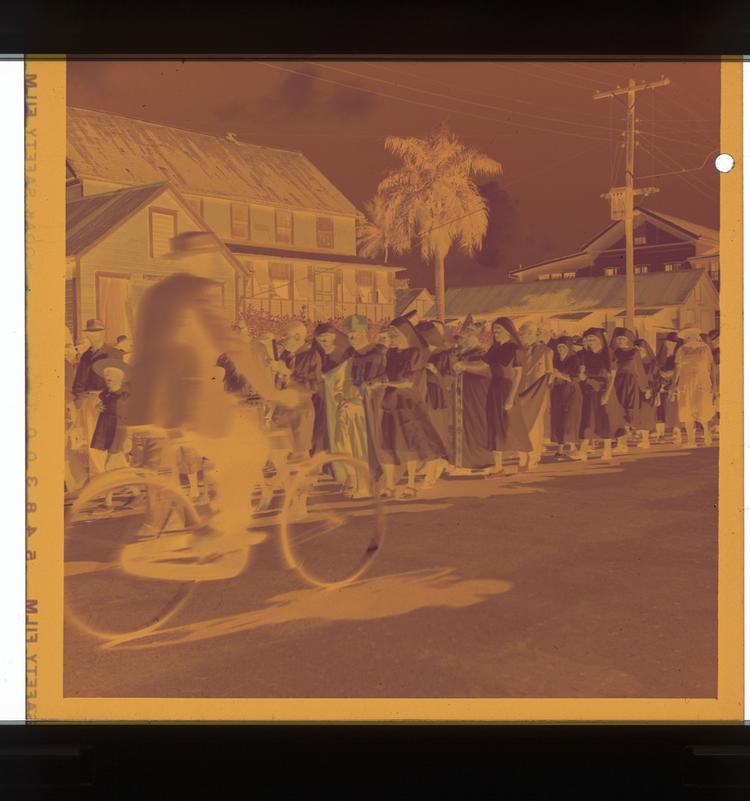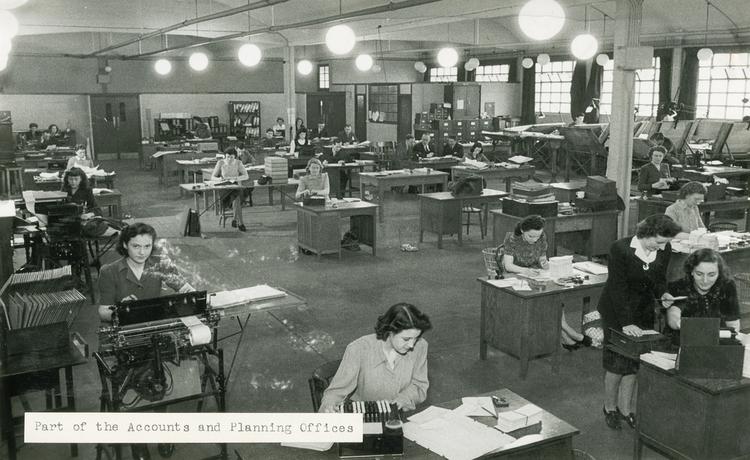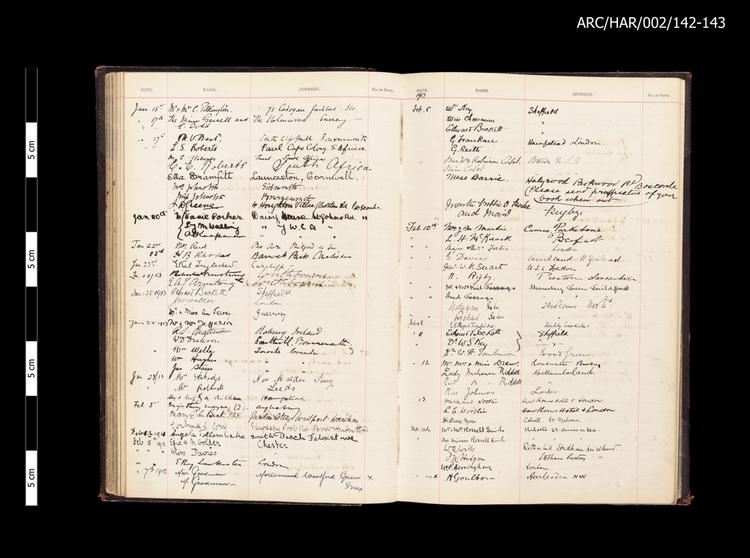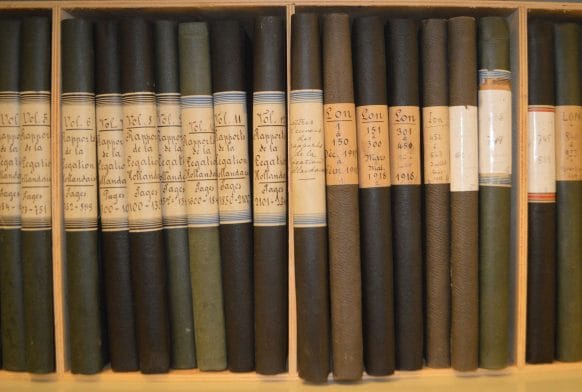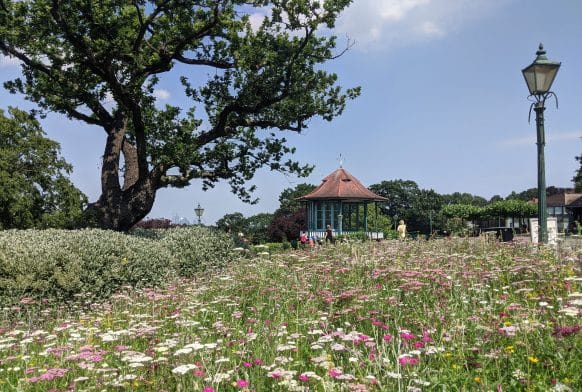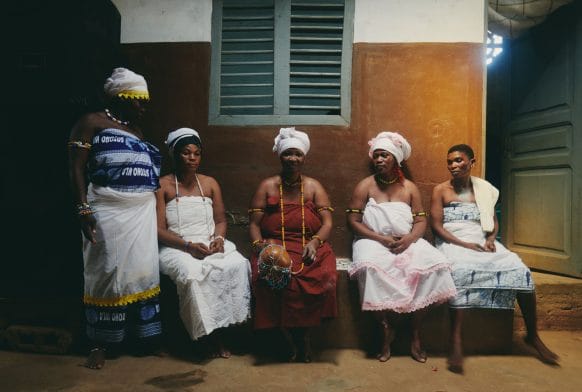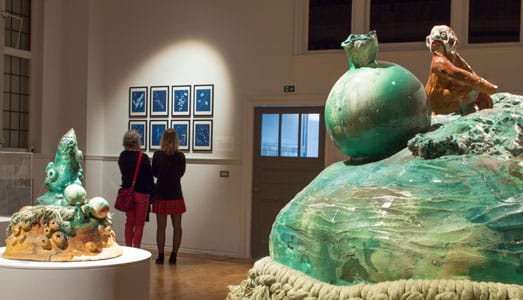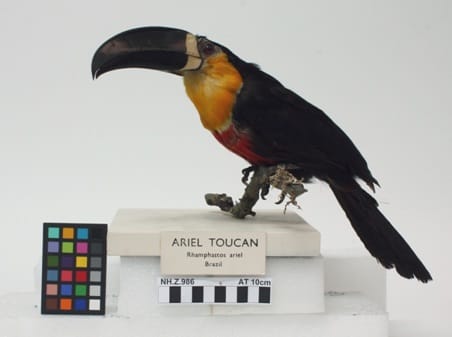
One published detailed report on various aspects of the Horniman Museum’s activities, number of visitors, and events organized throughout the previous year. The article is signed by Robert Quick (Curator) and C. D. Watkins (Naturalist), published on the 2nd of January 1893.
The first section of this report shows the number of visitors to the Horniman Museum for each month of the surveyed year, with corresponding remarks. For example, the low numbers of visitors in February and November (1,776 and 1,803, respectively) are followed by “snow” and “rain” in the “Remarks” column. April and August’s high number of reported visitors (6,900 and 5,230, respectively) are also explained through the “Remarks” column: Easter week in April, and Bank Holiday in August. The total attendance for that year was 36,794, with an average of 328 visitors per each open day. The attendance per day for the days when the Museum was open longer, from 10 am to 9 pm, was significantly higher, ranging from 716 visitors on Boxing Day to 2,281 on Easter Monday.
The second section of the article gives a succinct account of the more important events that took place at the Museum, month by month. For instance, in May, Mr. Horniman agreed to lend his Armoury collection of bridle bits, spurs and stirrups to the Saddlers’ Company, as part of a temporary exhibition at the Saddlers’ Hall in Cheapside; in July, he gave a reception for the Alliance Lodge of Freemasons; in November, Mr. Watkins (naturalist) read a paper on “The Wild Silks of India” in front of the Dulwich Scientific and Literary Association, etc.
The third section of this article gives a list of all gifts made to the Museum (such as a Japanese Kimono donated by Captain Warren), and names the departments which were improved with new additions throughout the year (such as the musical instruments collection, or the opium and tobacco pipes section).
The last section of this report is a month-by-month account of all the visits paid to the Museum by societies or school clubs. For example, in March, the Museum was visited by only one such a club, namely the Young Ladies School of Forest Hill, whereas in July there were no less than six visits of clubs/ societies, including the Pupil Teachers’ Society of Peckham (100 people), or the Alliance Lodge of Freemasons (60 people).
The concluding paragraphs remind the readers the open days for visiting the Horniman Museum (Wednesday and Saturday, from 2 pm to 9 pm), with the assurance that Mr. Quick and Mr. Watkins would be available for answering questions and guiding the tours.



